5 Artist Centres Supporting Montreal’s Vibrant Art Communities
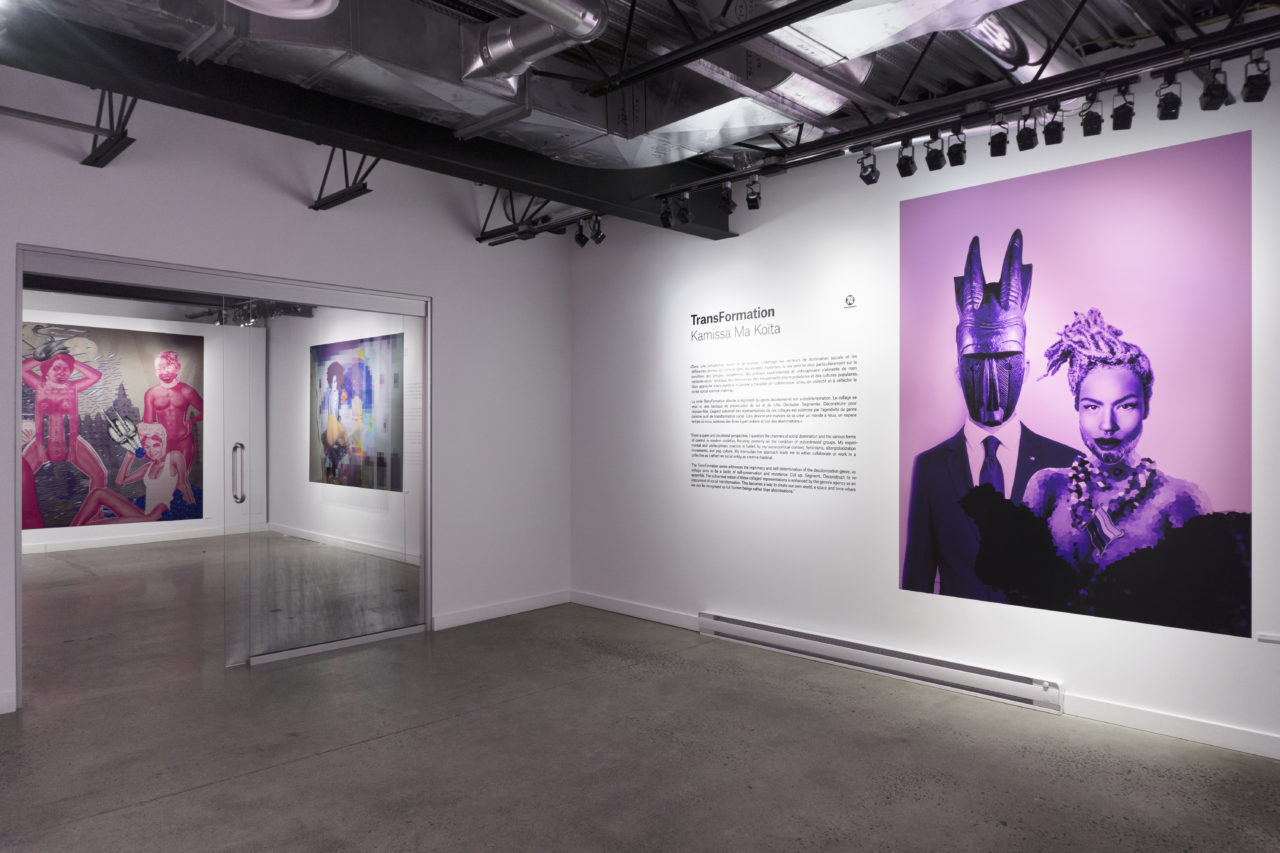
Artist centres have historically been key spaces for creativity, support, and freedom of expression for emerging art. They are also crucial meeting places for diverse communities that may not have found their place elsewhere. While these organizations give the opportunity to artists to develop their artistic and personal experimentation practices, they also open up inclusive spaces for the wider public to discover them. Showcases, artists presentations and workshops are an important tool for artists to educate the public and reinforce their community.
In a similar spirit to Centre Never Apart, multiple artist centres in Montreal encourage “do-it-together” practices—ways of engaging with art and community-building that encourage togetherness, instead of isolating and diving. “Do it yourself, but do it together!” These organizations actively participate in the development of the cultural sphere at a local and international level with interventions that encourage learning together, building together, and creating together.
Whether you’re planning a visit to Montréal soon, or you already live in the city, get to know these five artist centres that foster positive change through culture, openness, and collective education.
1. Studio XX
Founded in 1996, Studio XX was established to counter the real digital divide between men and women regarding emerging technologies. In reaction to the lack of diversity in technological fields, Kim Sawchuck, Patricia Kearns, Kathy Kennedy, and Sheryl Hamilton sought to create a welcoming space for the purpose of encouraging women to create and experiment with emerging forms of artistic expression.
As an active supporter of feminist artist communities, Studio XX has become a recognized feminist artist-run centre encouraging critical reflection in media arts through technological experimentation and collective creation. This space provides a multiplicity of resources for artist residencies while promoting artistic work, and gives access to new knowledge and interesting insights by organizing workshops and activities.
Studio XX has also created different events and projects for the purpose of engaging the public with artistic practices and feminist communities. Their projects include The HTMlles festival of media arts and digital culture, .dpi an electronic feminist publication of art and digital culture, as well as the XX files radio program on CKUT.
« As we have the mandate of supporting artists in their practice, we also want their art to be communicated, seen, and heard. To create meaningful artistic experiences, it is important to create relationships between the public and the artists by presenting the intended purpose of their work, and by also making the creative process approachable through activities and gatherings. As we follow the evolution of the artistic discourse in society, we think that the creation of a relationship between artists and the public enables a greater accessibility to art », explained Stéphanie Lagueux, the Cultural Mediation, Archives and Network Coordinator at Studio XX.
What to look out for: Their next event will be A Choir of Demands and Desires on Repeat, in collaboration with OBORO on March 15th.
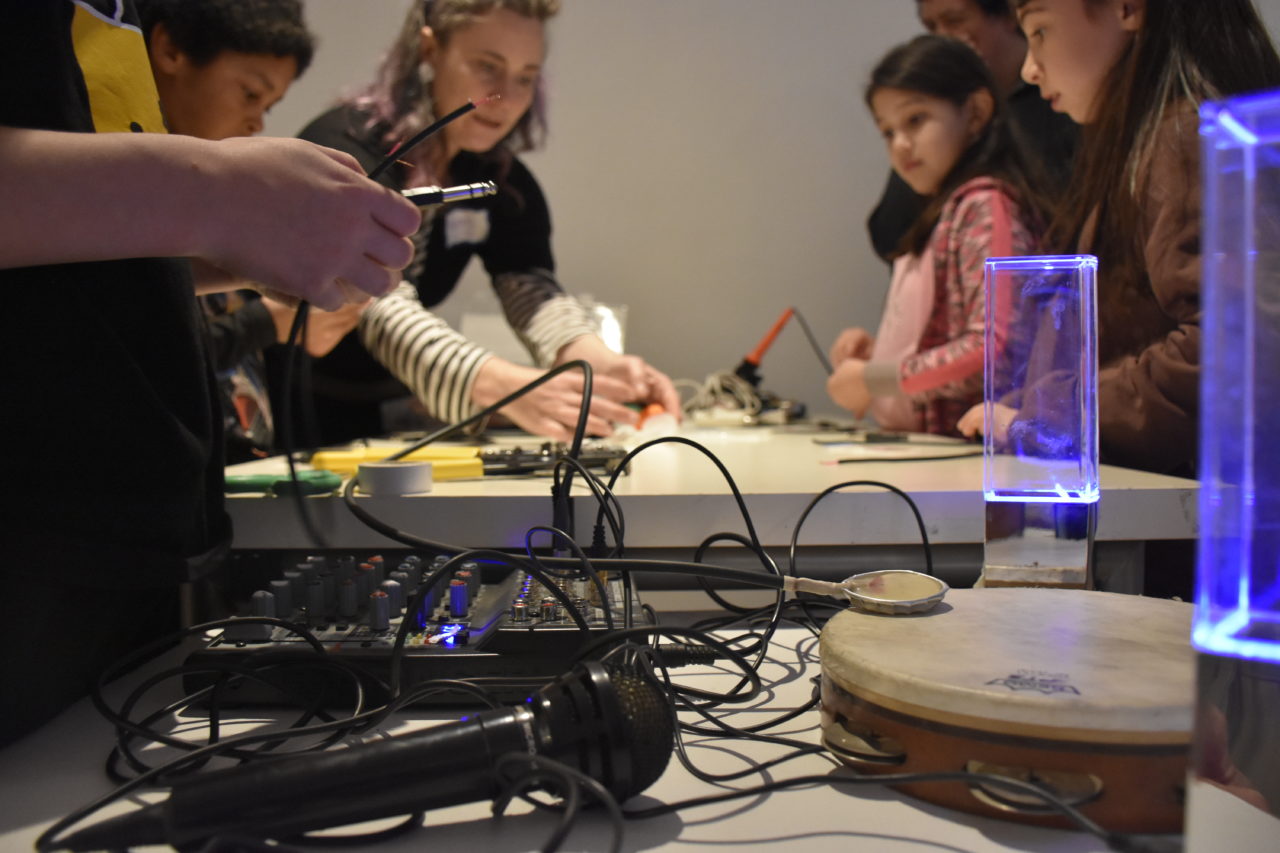
2. OBORO
Founded in 1982 by Su Schnee and Daniel Dion, OBORO is a non-profit organization and artist centre supporting visual and media arts, performing arts, new technologies, as well as emerging practices. Since its foundation, the centre’s mandate has been to offer support, services, and resources to the local and international artistic community, while introducing artistic experiences to the public.
In 1992, OBORO created the New Media Lab for the purpose of developing emerging practices related to new technologies. This lab is currently one of the most important centres for the production and dissemination of experimental art in Canada. OBORO’s facilities offer many resources for artists and individuals interested in experimenting, such as a production studio, a sound studio, multimedia post-production rooms, and more.
This artist centre also organizes hands-on activities for collective learning and creation. OBORO offers multiple public activities such as lectures, discussions, exhibitions, online performances and more. These innovative projects lead to the creation of a supportive community for artists.
“With the creation of innovative projects at the centre, we give the opportunity to new individuals to open themselves up to media art and unconventional artistic practices. These exchanges enrich our engagement with the public and with the artists we represent by allowing us to deeply reflect on society while developing a sense of belonging for participants”, said Maryse Arseneault, a representative of OBORO.
What to look out for: You’re interested in being part of Montreal’s artistic community? Participate by becoming a volunteer at OBORO.
3. Eastern Bloc
Since Eastern Bloc’s creation in 2007, the centre has supported creative experimentation at the intersection of art, technology and science through emerging artistic practices. By showcasing emerging artists’ work, encouraging audience participation, as well as technological democratization, Eastern Bloc holds an important role for the dissemination of digital art.
Over the years, the centre has organized several production projects and has presented many exhibits, while collaborating with other artistic institutions. With these projects and facilities, such as the Lab, Eastern Bloc has created an influential platform for emerging artists to experiment. As a space that produces innovative work, the Lab engages in research-creation practices and explores contemporary digital culture in relation to current societal concerns. The centre also gives opportunities for the wider public to access the facilities through meet-ups and DIY activities.
While offering thought-provoking residencies for artists and workshops for interested participants, Eastern Bloc also sets up annual events including the Data:Salon and the Sight+Sound Festival. The Data:Salon allows artists selected via an open call for submissions to participate in a one week residency, and to present their work afterwards. The Sight+Sound Festival, is an event where multidisciplinary projects invite social change through art and music.
“These workshops and activities are essential in order to insure the continuation of education, learning, networking, and sharing of knowledge intended for artists or any interested individual. Students fresh out of university, established professionals or not, technicians, theorists, and commissioners, all need a place to converge, train and create.
Open to artists and to the wide public, these activities create new communities around Eastern Bloc. In such, this openness to the public participates to the spreading of an open, stimulating and creative digital culture” said Claire-Amélie Martinant, the communication and general coordinator of Eastern Bloc.
Eastern Bloc has collaborated with NVA (Never Apart’s music division) since its inception. Together, they have co-produced and co-curated four successful editions of Nuit Blanche à Montréal.
What to look out for: Eastern Bloc’s next series of meet-ups will be an Introduction to OpenFrameworks, on March 2nd, 9th and 10th.
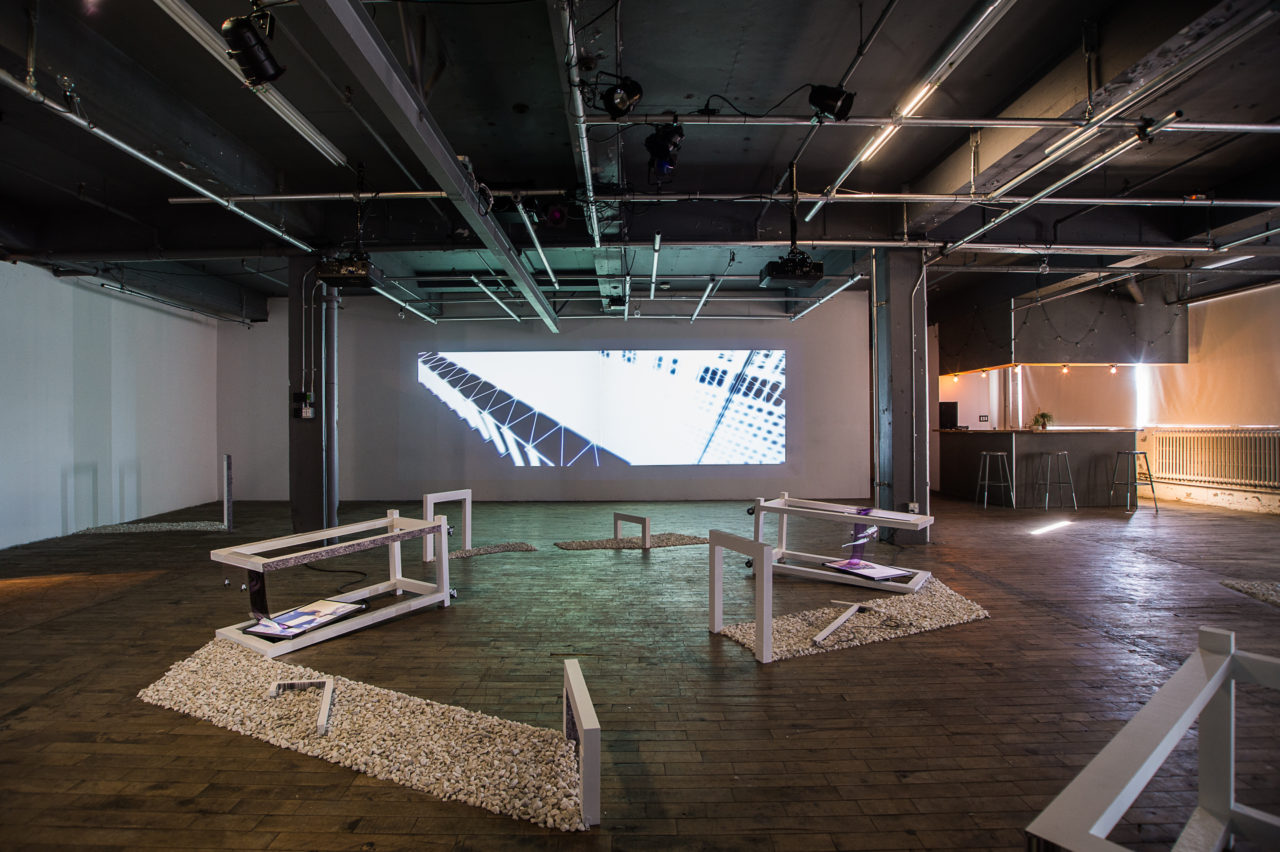
The Dead Web Exhibition (2017)
Installation by Dominique Sirois and Grégory Chatonsky
Photo by J. Guzzo
4. Vidéographe
Established in 1971 as part as the National Film Board (NFB), Vidéographe is an artist centre dedicated to research and the dissemination of moving image practices, such as experimental video and digital art, animation, documentary, essay, fiction, and dance video.
In the early 1970s, Vidéographe quickly became a model for video production, due to its experimentation lab, screening space and dynamic community. The centre is a true pioneer in the development of moving image practices as it has cultivated relations with influential artists and its supporters. Vidéographe has also sought to encourage new research and education initiatives in its field throughout the decades by advancing research-creation programs and promoting accessibility to culture.
In more recent years, the centre created the laboratory PARC, to offer specialized facilities for research and production in digital, interactive, and electronic media art, bringing a wide community of artists and curious minds together. Additionally, Vidéographe offers three inclusive and distinct residency programs: a research and curatorial residency, the LUX creation and dissemination residency, and a residency dedicated to deaf artist. As a supportive figure for the artistic community, this visionary artist center also offers technical services, as well as mentorship and outreach programs.
Olivia Lagacé, the educative programs and outreach coordinator at Vidéographe, explained that their “programs and activities allow artists to develop new knowledge while contributing and expanding the artistic communities. Additionally, public engagement is encouraged through different workshops and exhibits at Vidéographe. Public engagement enriches the work, as this leads to a creation of a dialogue between the artists and participants.”
What to look out for: For upcoming workshops and events, visit their website at videographe.org
5. Milieux
Officially launched in 2016, the Milieux Institute for Arts, Culture and Technology is an innovative platform for new media art practices and a space for research technology infrastructures. Now a part of Concordia University, Milieux was initially developed by the non-profit organization Hexagram Institute in partnership with UQAM and Université de Montréal.
The institute has established itself as a platform for the merging of multiple communities, by enabling artists, researchers, and designers to work and create together across cultural and technology disciplines. Milieux promotes and supports research-creation practices through multidisciplinary experimentation at the intersection of fine arts, digital culture, technology and information technology.
Milieux features eight clusters of research on Indigenous Futures; Media History; Participatory Media; Performing Arts (LePARC); Post Image; Speculative Life; Technoculture, Art and Games; and Textile and Materiality. The institute regularly organizes workshops, discussion panels, and other events specific to every cluster for a wider audience. Additionally, the institute promotes discussions around technology and culture in their online publication Pause Button. Milieux enables the interaction of a multiplicity of people, as well as productive conversations regarding contemporary societal concerns.
What to look out for: Read How Maker Culture Anticipates a Future of Empowered Tech Users by Nathalie Duponsel in the last issue of Pause Button.
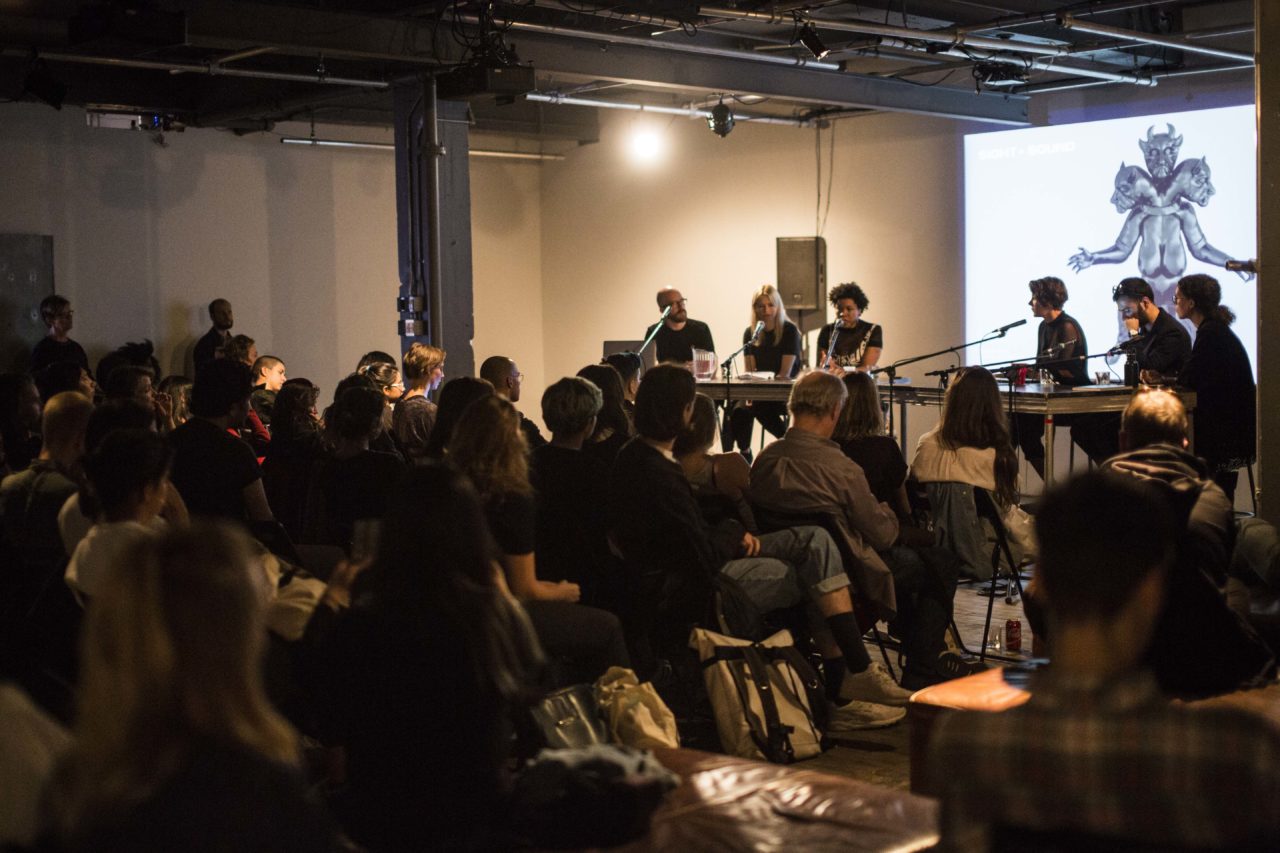
Sight & Sound Festival (2017)
“Digital Colonialism” Conference
Photo by Cécile Lopes
Culture as Motor for Social Change
What is the common trait between all these artistic centres? They believe that culture is a crucial motor for social change, and that inclusivity is crucial to innovation. With that mandate, they actively support emerging artists as well as internationally established ones, making their local communities thrive as a result.
In a like-minded way, Never Apart believes in the dissemination of culture by opening its doors to a wider public. Never Apart showcases seasonal art exhibits, and promotes the democratization of knowledge and culture by organizing workshops, activities, and events, leading to the creation of a diverse artistic network. This cultural platform is an inclusive space to ignite positive change and unity throughout communities.
Follow Never Apart on Facebook, Twitter, Instagram or by signing up to the newsletter.

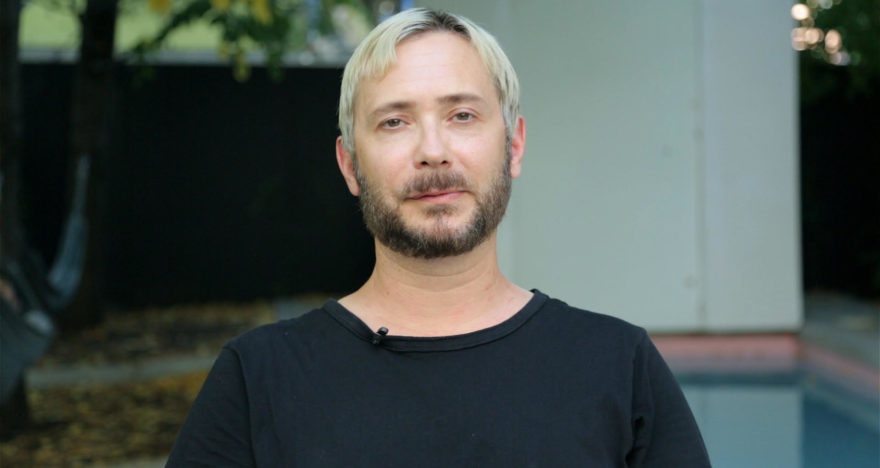
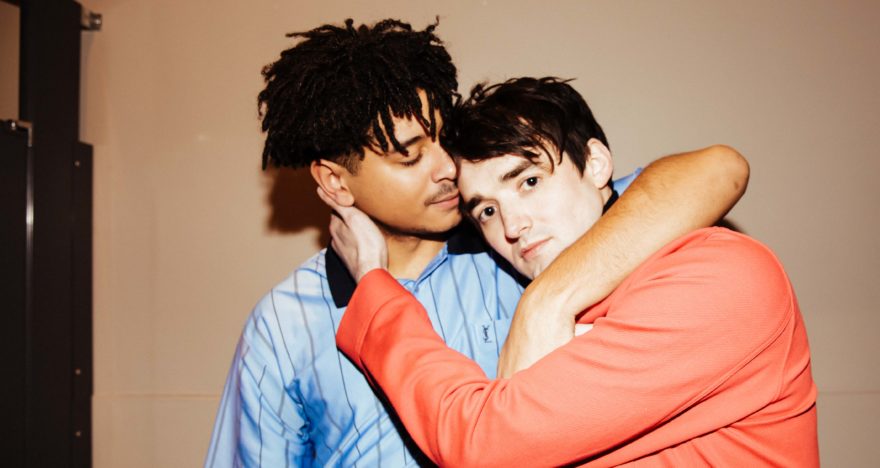
View Comments
No Comments (Hide)